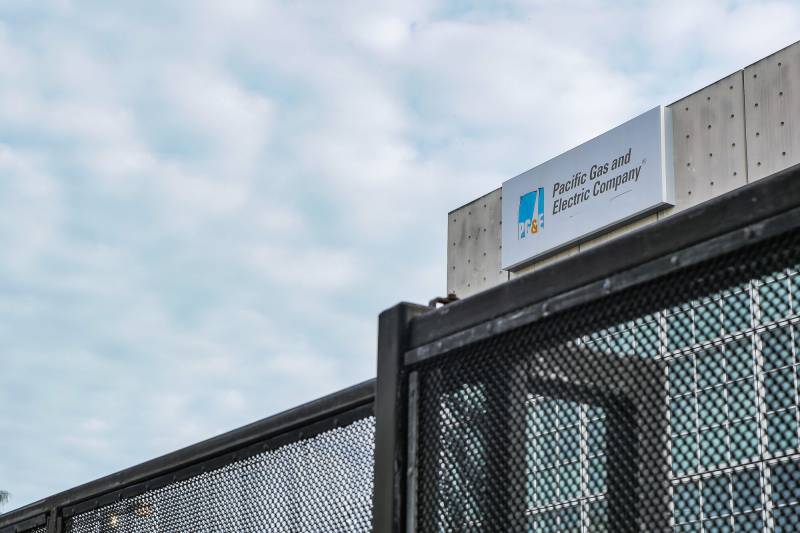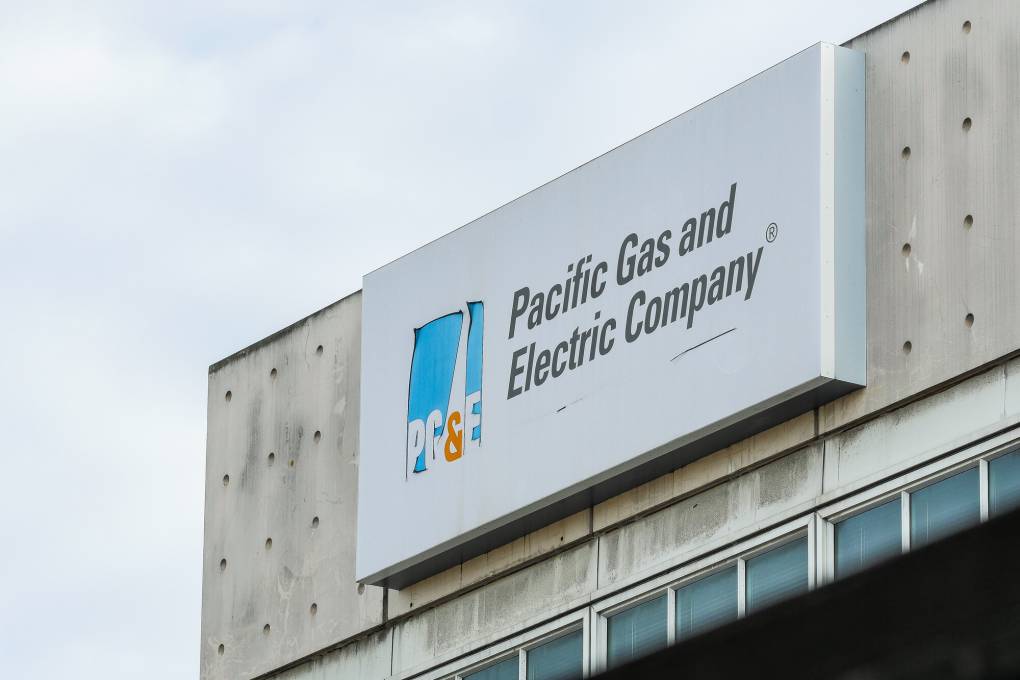Electricity charges, which make up well over half of most ratepayers’ bills, have increased by more than 60% over that time period — from a monthly average of roughly $125 in January 2020 to about $202 in January 2025.
The utility’s gas rates have also risen markedly in recent years, including an additional 8.6% rate increase that went into effect in January.
The increasingly steep cost of keeping the lights on and the heat flowing comes as PG&E last week asked California regulators if it could increase the rate of return for its investors, to 11.3%, up a percentage point from the current limit — a move that would result in yet another rate hike.
If PG&E’s application is approved by the California Public Utilities Commission, the average ratepayer would see an increase of about $5.50 per month, starting in January 2026 at the earliest, according to the utility.
The company said in a statement that it pays the lowest dividend in the utility industry and that the increase is needed to attract investors, who provide the upfront capital for crucial system improvements, wildfire mitigation and safety and reliability projects. PG&E is California’s largest utility, serving more than 5 million customers across a 70,000-square-mile service area in Northern and Central California.
“The trend in rate increases from PG&E is unacceptable,” said Shelly Lyser, a program manager with the Public Advocates Office of the CPUC. “We can’t have this continue. It’s not fair to ratepayers. It’s not fair to the state.”
Lyser said her office has outlined multiple opportunities for PG&E to lower its electricity costs, which the utility has largely ignored.
“There’s been mandates from the state in order to add protections, harden the system,” she said, noting the increased costs fueled by climate-related disasters. “But I wouldn’t say PG&E has always found the least-cost solutions to doing that.”
Lyser noted that Californians already pay some of the highest electricity rates in the country, which makes it difficult for many lower-income residents to afford them, even with PG&E’s subsidized rate program. As of December 2024, roughly 1 in 5 households served by PG&E, Southern California Edison or San Diego Gas & Electric — the state’s three biggest utilities — was behind on utility bill payments, her office found in a recent report.


